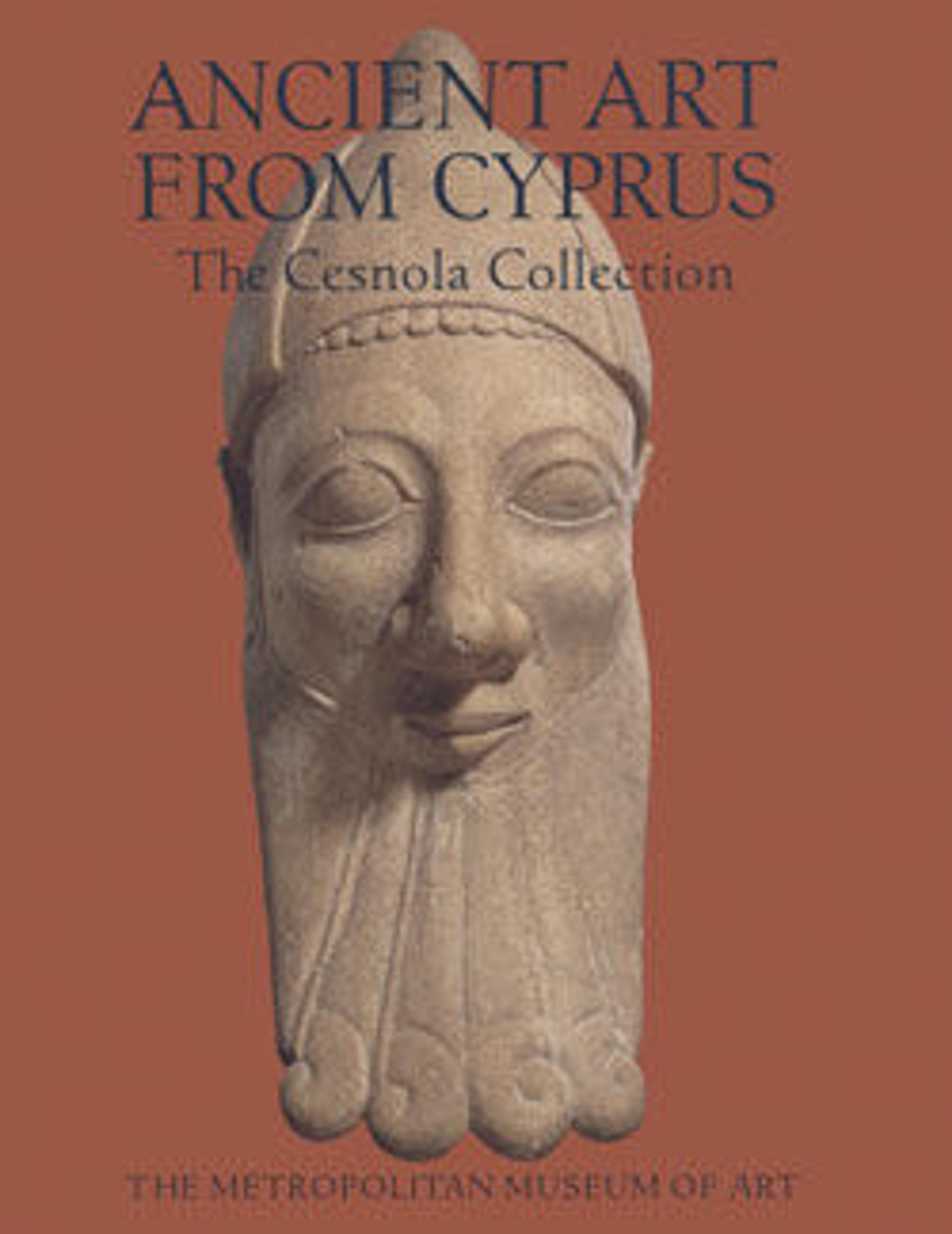Terracotta ring-kernos (offering vase)
The kernos is a vase for offerings that consists of several small receptacles generally arranged in a circle. Well documented in the Greek world during the Bronze Age (ca. 3000–1200 B.C.), this example represents a late survival. The ring supports five vases of different shapes and a lyre-playing man. The figure suggests that the kernos was used in a banquet.
Artwork Details
- Title: Terracotta ring-kernos (offering vase)
- Period: Cypro-Geometric III
- Date: ca. 850–750 BCE
- Culture: Cypriot
- Medium: Terracotta
- Dimensions: 4 1/2 in., 8.375g, 8 11/16 × 6 3/4 in. (11.4 × 22 × 17.1 cm)
- Classification: Vases
- Credit Line: The Cesnola Collection, Purchased by subscription, 1874–76
- Object Number: 74.51.660
- Curatorial Department: Greek and Roman Art
More Artwork
Research Resources
The Met provides unparalleled resources for research and welcomes an international community of students and scholars. The Met's Open Access API is where creators and researchers can connect to the The Met collection. Open Access data and public domain images are available for unrestricted commercial and noncommercial use without permission or fee.
To request images under copyright and other restrictions, please use this Image Request form.
Feedback
We continue to research and examine historical and cultural context for objects in The Met collection. If you have comments or questions about this object record, please contact us using the form below. The Museum looks forward to receiving your comments.
